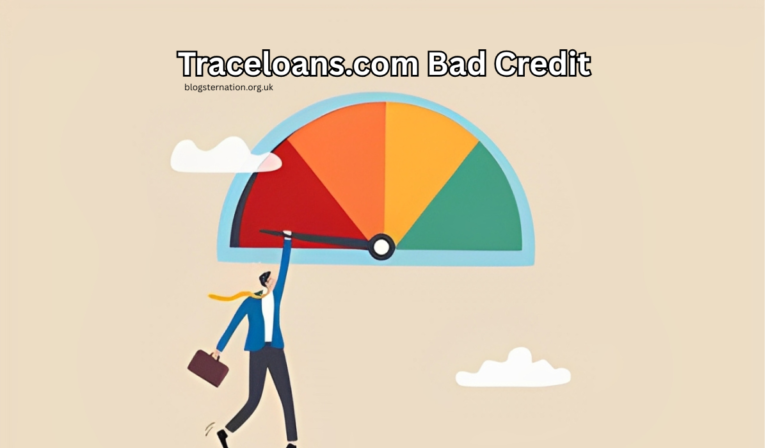TheJavasea.me Leaks AIO-TLP What You Need to Know
A simple, easy-to-read guide on thejavasea.me leaks AIO-TLP. Learn what happened, how it affects you, and how to stay safe after the breach.
What Is theJavasea.me Leaks AIO-TLP?
Thejavasea.me leaks AIO-TLP is a big data breach that happened on the website javasea.me. Hackers got access to the private information of about 50 million users. This means names, emails, and maybe more personal data were stolen and shared online without permission.
Why This Data Breach Matters
This is a big deal because millions of people use websites like javasea.me every day. When websites don’t keep data safe, it can end up in the wrong hands. Thejavasea.me leaks AIO-TLP shows how one mistake can affect a lot of people around the world.
How Did It Happen?
Experts say the data breach may have happened because the website had weak security. Hackers found a way to break in and take the data. The website didn’t update its systems or fix problems in time, which gave the hackers an easy way in.
What Kind of Data Was Leaked?
Thejavasea.me leaks AIO-TLP exposed names, email addresses, passwords, and maybe more. In some cases, hackers got phone numbers, addresses, or even where users were logging in from. This is dangerous because someone could use this data to steal identities or scam users.
How Was the Leak Discovered?
Cyber experts who watch hacker forums found the data online. They saw big data files with user details being shared. They checked and confirmed the data came from javasea.me. These experts then told the public so people could protect themselves faster.
What Did Javasea.me Say?
At first, javasea.me said they were looking into it. Later, they admitted the leak was real. They said they would try to fix things and improve their security. However, many users felt the company waited too long to tell the truth.

What Should Users Do Now?
If you used javasea.me, you should change your password right away. Also, check if your email or phone number is getting strange messages. Turn on two-step verification for better safety. Watch out for scams and be careful with your private data online.
How Big Was the Impact?
Thejavasea.me leaks AIO-TLP affected about 50 million users. That’s a lot of people. Many users come from different countries, so the leak spread around the world. Some people had their other accounts hacked because they used the same password everywhere.
The Role of Hackers in This Breach
Hackers look for websites that don’t protect their data well. In the case of thejavasea.me leaks AIO-TLP, hackers found weak points and stole information. They then shared or sold this data on dark websites where others could buy it.
What Is AIO-TLP287?
AIO-TLP287 is the code used to name this leak. It helps experts track where the data came from and what kind of leak it was. This code also shows that the leak was very serious and had a huge amount of private data.
What Happens When Data Is Leaked?
When data is leaked, it can end up on websites that sell private info. People may use it to send fake emails, steal money, or open fake accounts. Once your data is out there, it’s hard to take it back or stop the damage.
How Does This Affect Other Websites?
Other websites can also be affected. If someone uses the same password on many sites, hackers can break into those too. That’s why experts tell people to never use the same password for everything. Every site should have its own strong password.

Why Security Updates Matter
Websites need to update their systems often to stop hackers. In thejavasea.me leaks AIO-TLP, the site didn’t fix old problems. This made it easier for hackers to break in. If updates had been done, this huge leak might not have happened at all.
How Do Hackers Sell the Data?
Hackers go to secret websites on the dark web. There, they sell your email, name, or other private info. People buy this data to run scams, send spam, or do other bad things. Sometimes they even sell it in bundles with millions of users’ data.
How Are People Feeling After the Leak?
People feel scared and upset. Some don’t know what data was taken. Others worry their money or identity might be stolen. Losing control of your private info can be stressful. It’s hard to trust websites again after a leak like this.
What Can Companies Learn from This?
Companies need to protect user data better. They should test their systems, fix weak points, and be honest when problems happen. Thejavasea.me leaks AIO-TLP is a lesson for all websites: security should always come first, not last.
Should There Be New Laws?
Yes, many people think stronger laws are needed. If companies know they’ll face big fines or lawsuits, they might take security more seriously. Users need better protection, and governments must make sure that happens through strong rules and quick action.
What Are Experts Saying Now?
Experts say this is one of the biggest leaks this year. They’re warning users to change passwords and use tools like password managers. Some say javasea.me might never recover from this. Trust, once broken, is hard to get back.
How Can You Stay Safe Online?
You can stay safe by using strong passwords, changing them often, and never using the same one on different websites. Also, use two-step login whenever you can. Don’t click links in strange emails, and always check if websites look real before entering info.

What Should Javasea.me Do Now?
Javasea.me should say sorry, fix all their security problems, and help users stay safe. They should offer credit monitoring and make sure this never happens again. Users want to know that their data is safe—and javasea.me must earn that trust back.
Conclusion
Thejavasea.me leaks AIO-TLP is a wake-up call for all of us. Users need to be careful with their data. Websites must protect what we share. This breach shows how much damage can happen when security is not taken seriously.
Read also: On RarefiedTech.com Fintech A Look at the Future of Finance







